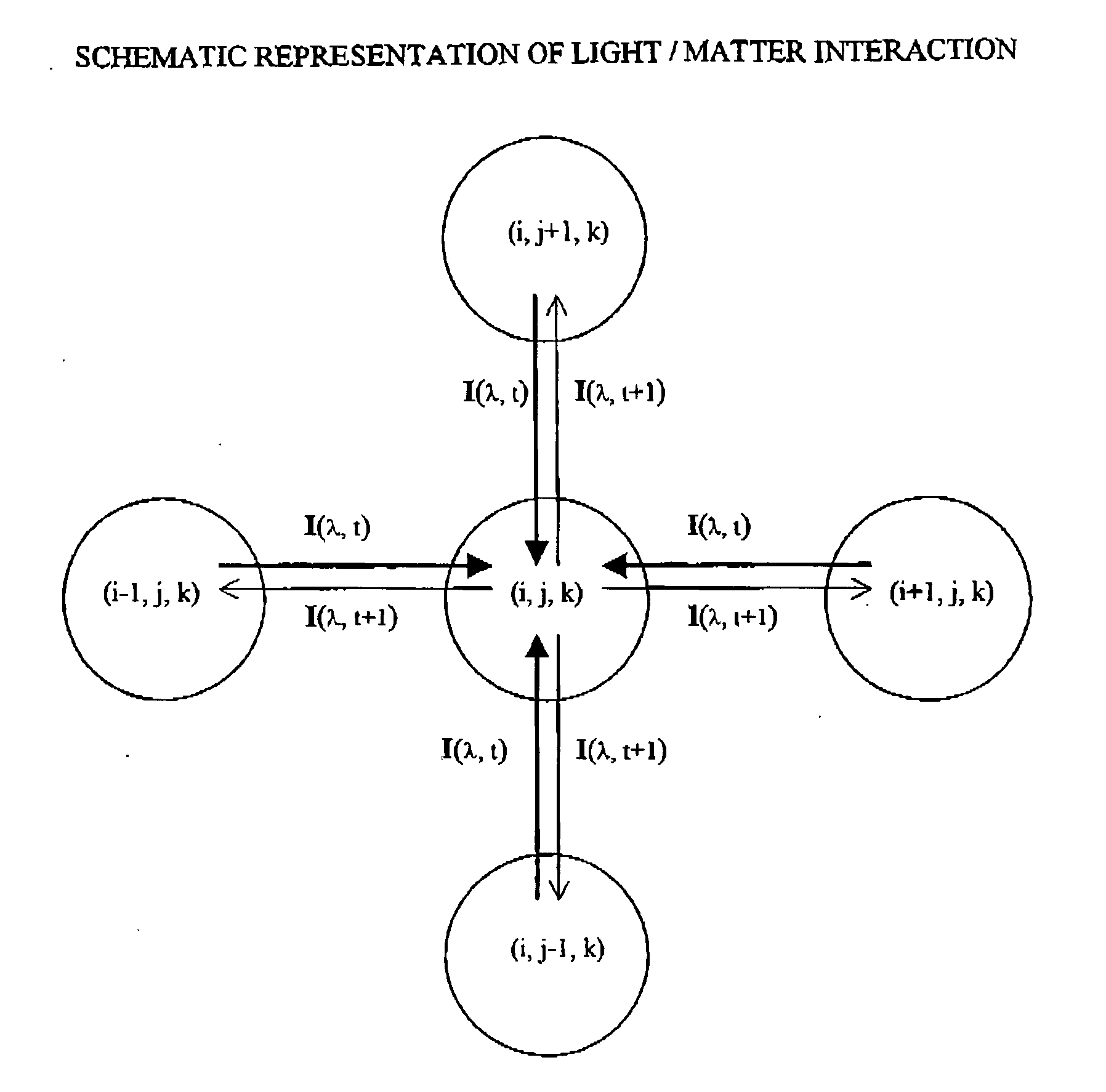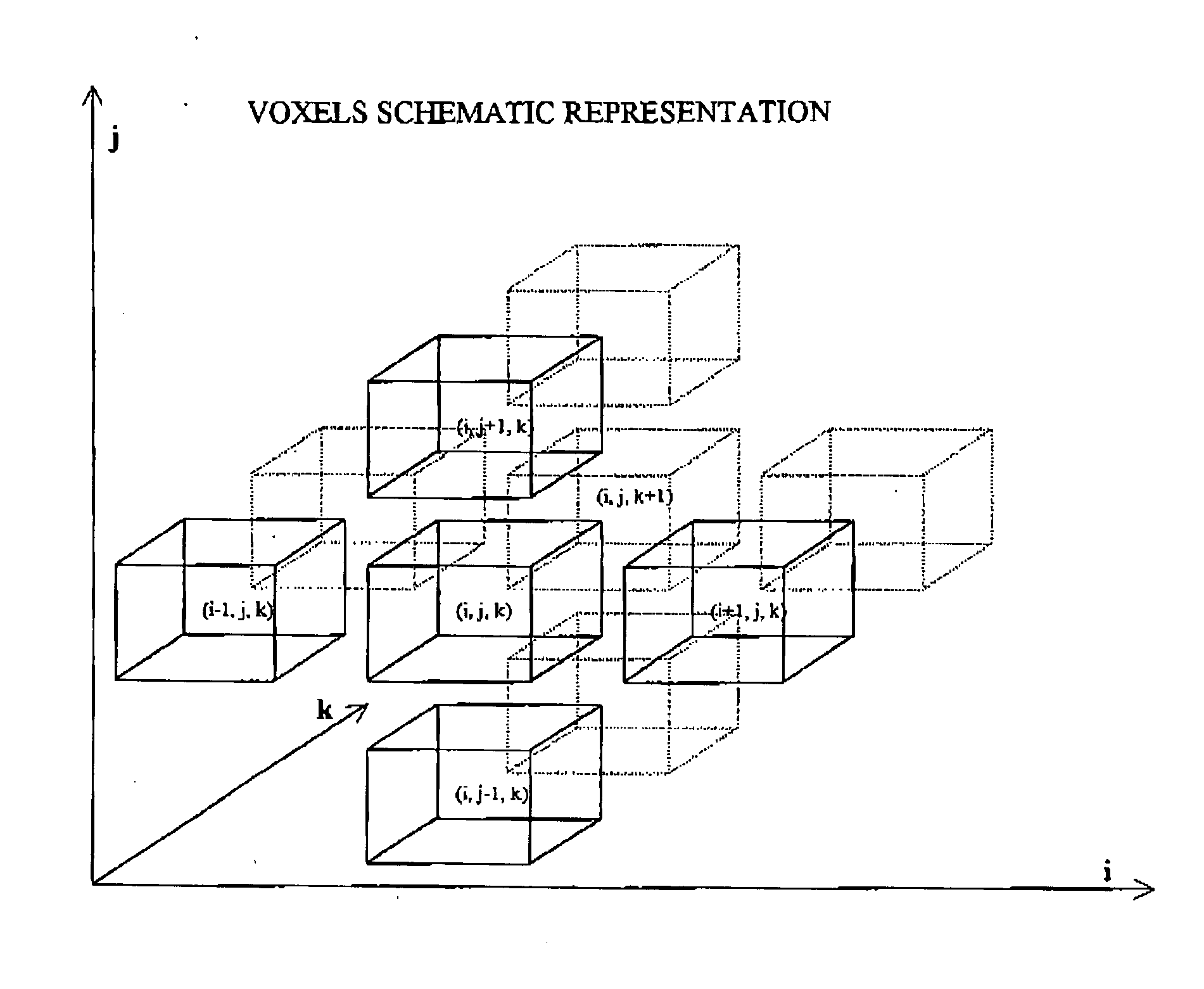Methods for dental restoration
a dental restoration and dental technology, applied in the field of dental restoration, can solve the problems of frequent pain in the intervention, rare and difficult production of dental prostheses, and discomfort for patients
- Summary
- Abstract
- Description
- Claims
- Application Information
AI Technical Summary
Problems solved by technology
Method used
Image
Examples
Embodiment Construction
[0023] According to one aspect of the present invention there is provided a method to model teeth, prosthesis and dental material, a Computer Aided Design (CAD) system and a database for the different families of teeth and / or prosthesis.
[0024] Fixed prostheses are typically built in layers: the main layers are the sub-structure, the dentin and the enamel. Porcelain fused on metal (PFM) are a common type of prosthesis.
[0025] The sub-structure is made of metals (precious alloys, titanium, etc.) and the dentin and enamel layers are made of porcelain. With the advances in material sciences, more and more new materials are being used. For example, sub-structures are now sometimes made with pressed ceramic, zirconium oxide and lithium disilicate to improve the quality of the restoration.
[0026] The database and CAD system provide the geometrical data that constrain the finishing step in the fabrication of dental prosthesis, such as the thickness of the porcelain layer.
[0027] The geometrica...
PUM
 Login to View More
Login to View More Abstract
Description
Claims
Application Information
 Login to View More
Login to View More - R&D
- Intellectual Property
- Life Sciences
- Materials
- Tech Scout
- Unparalleled Data Quality
- Higher Quality Content
- 60% Fewer Hallucinations
Browse by: Latest US Patents, China's latest patents, Technical Efficacy Thesaurus, Application Domain, Technology Topic, Popular Technical Reports.
© 2025 PatSnap. All rights reserved.Legal|Privacy policy|Modern Slavery Act Transparency Statement|Sitemap|About US| Contact US: help@patsnap.com


